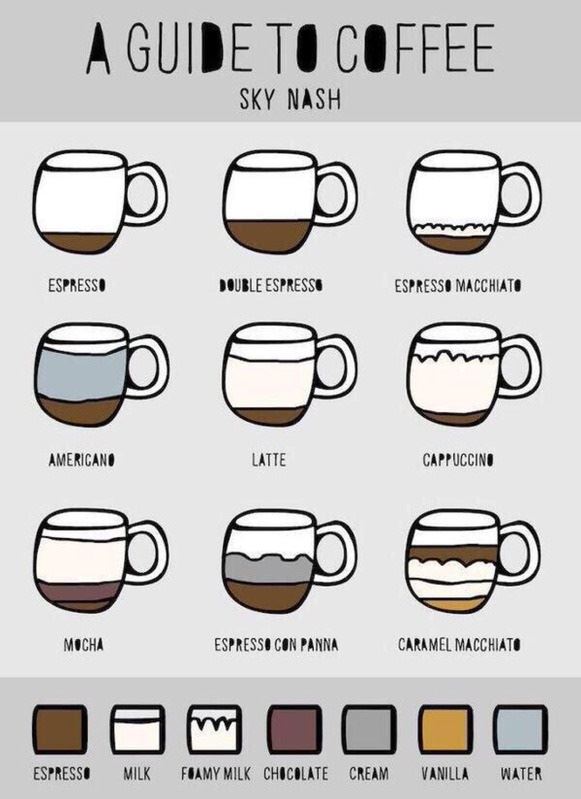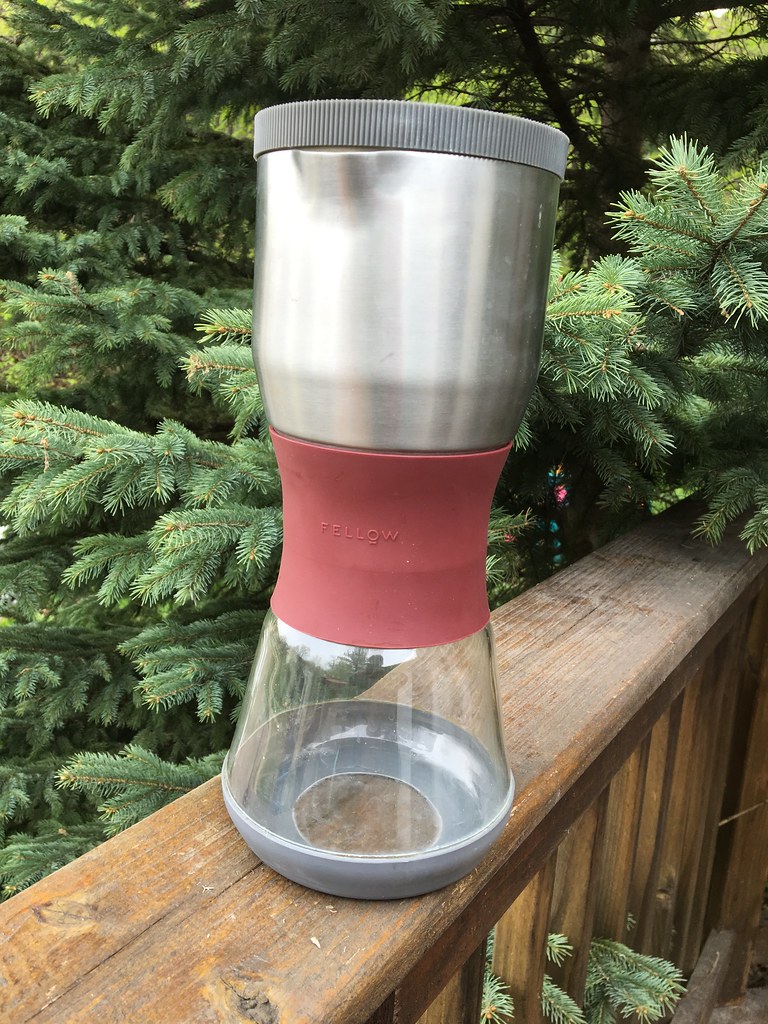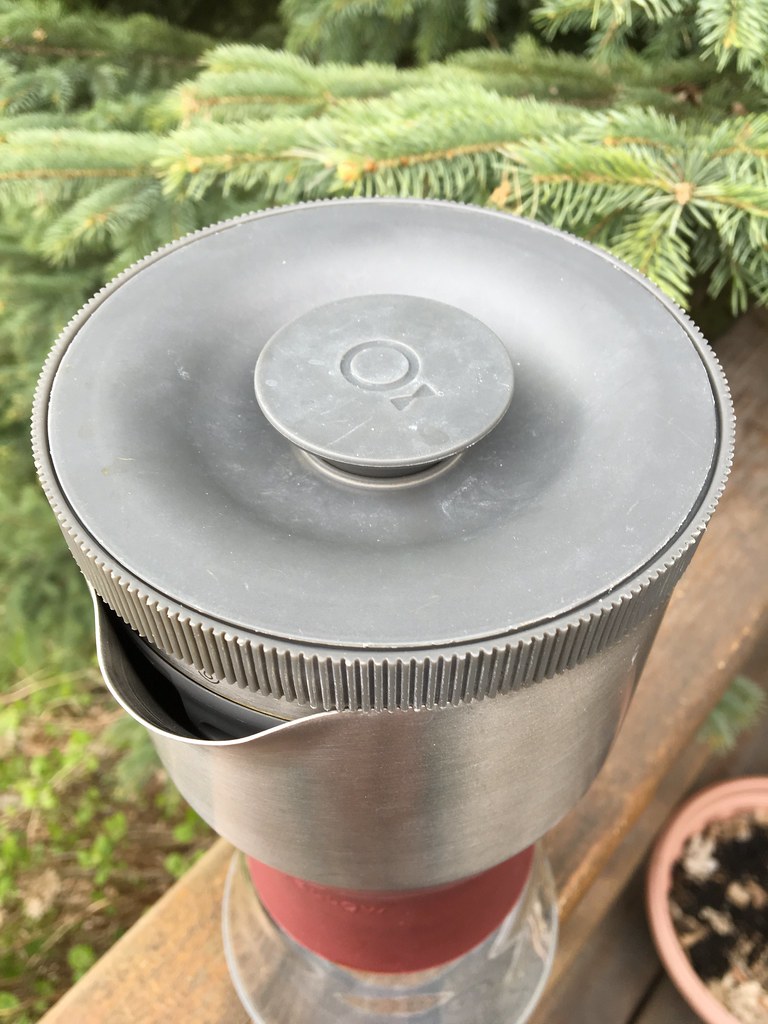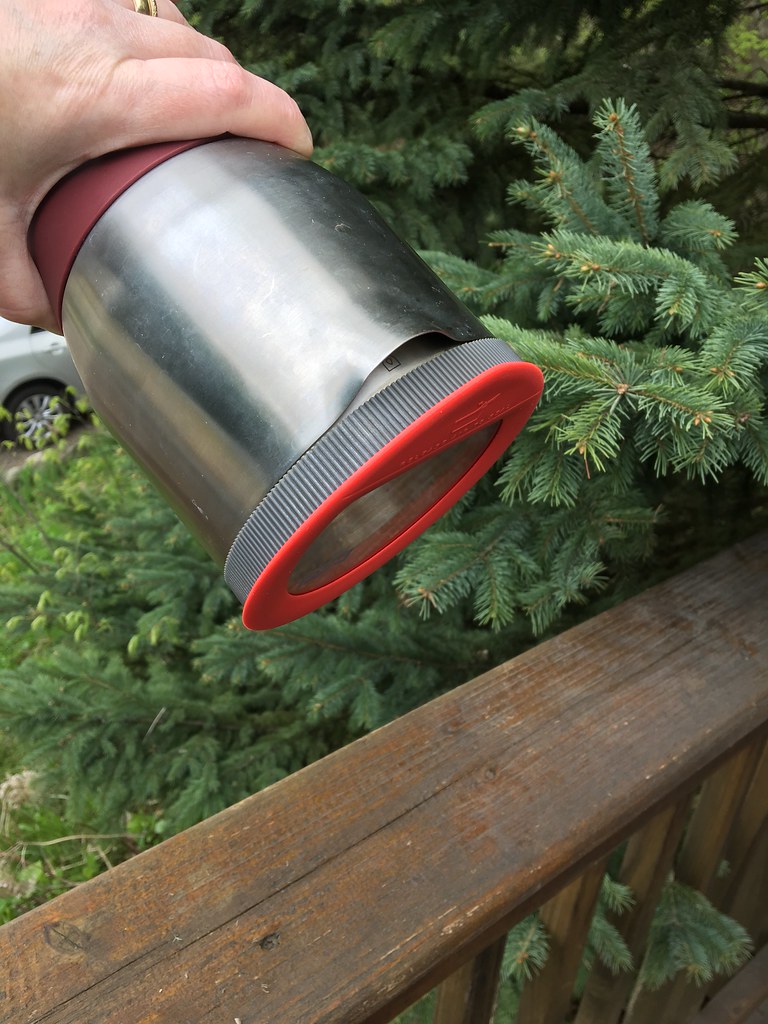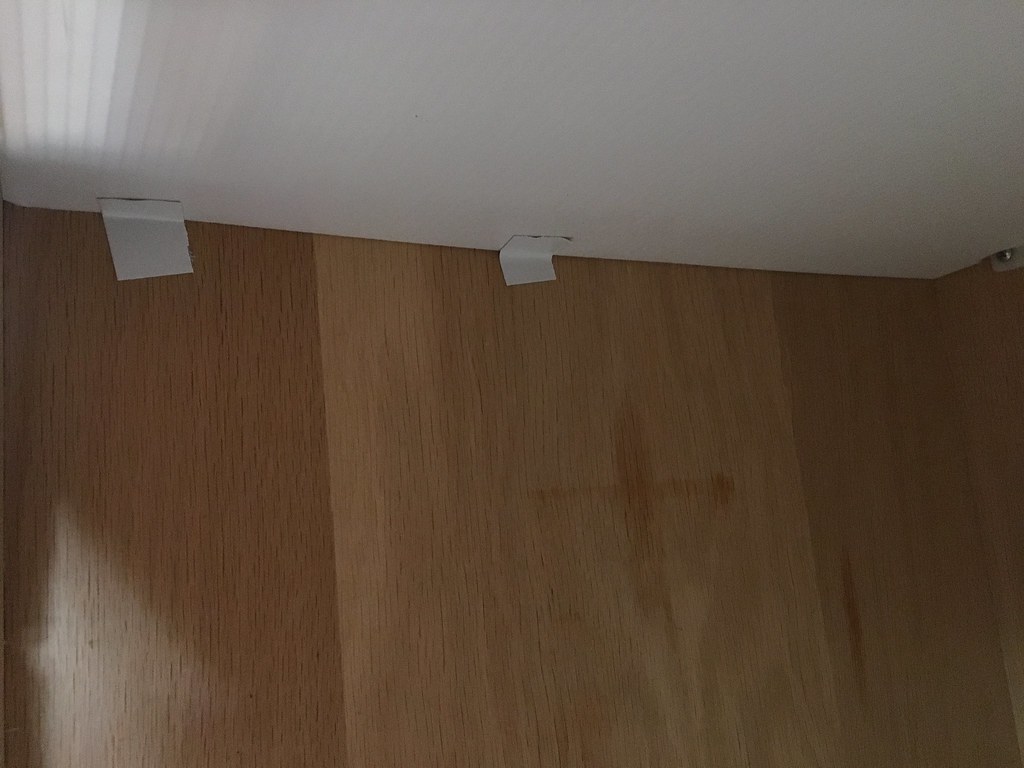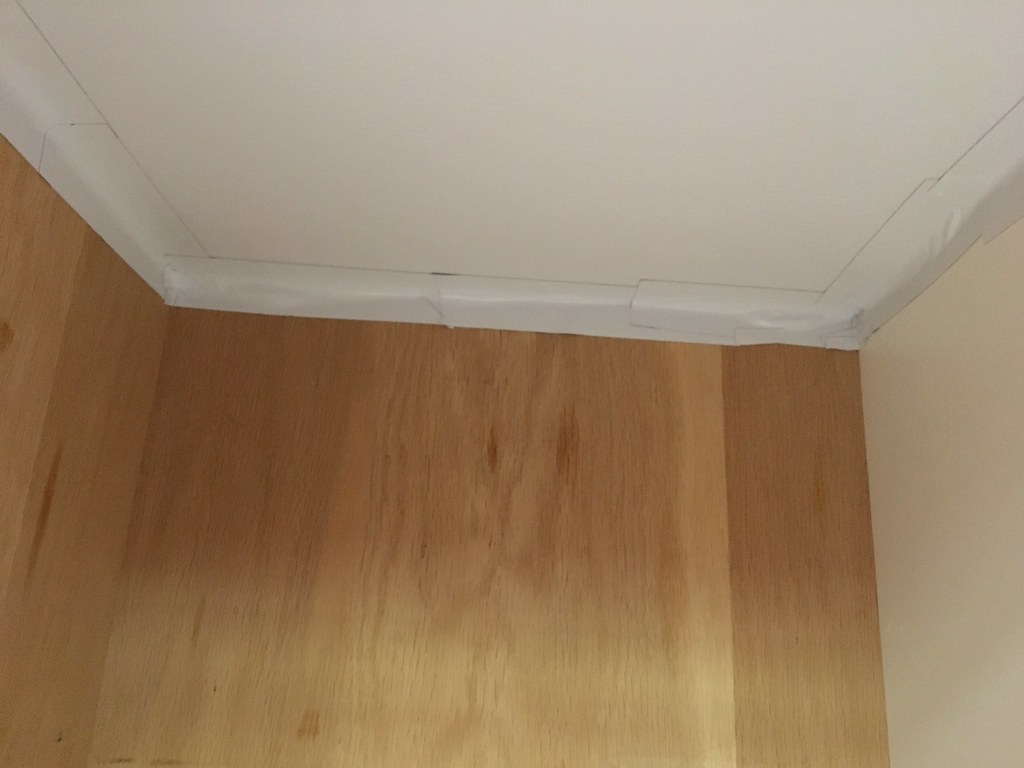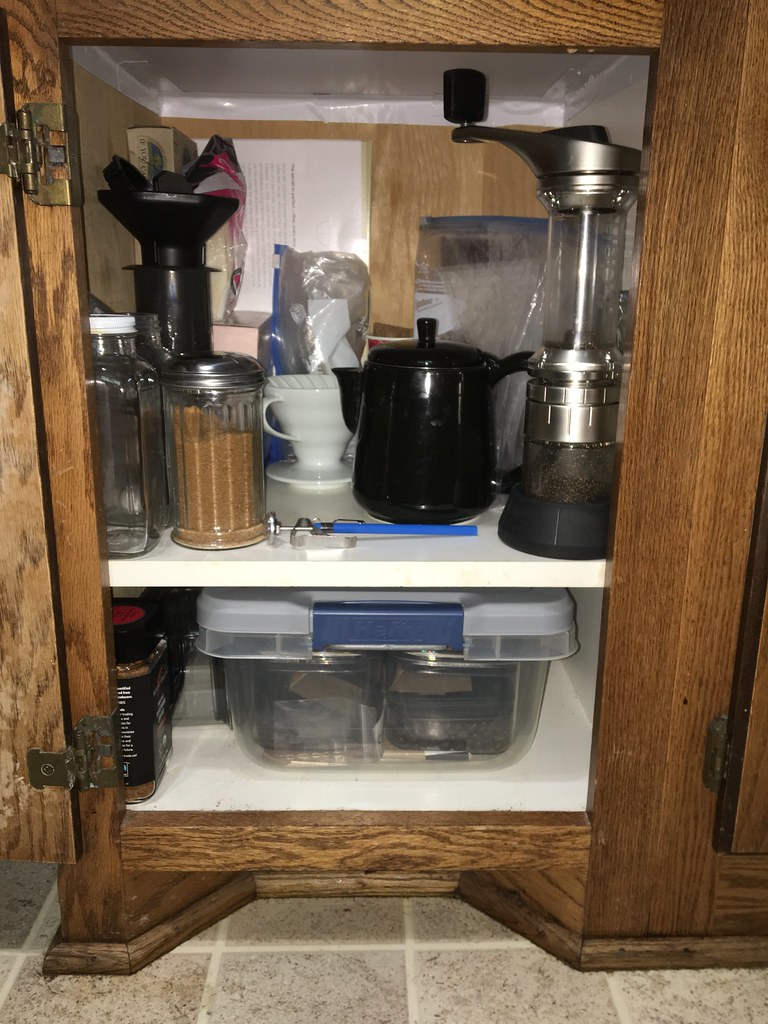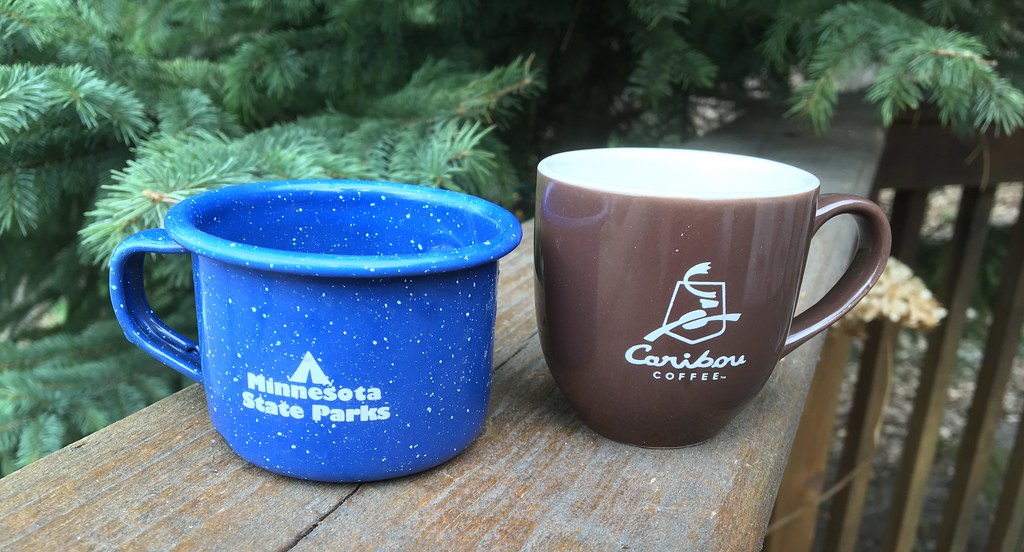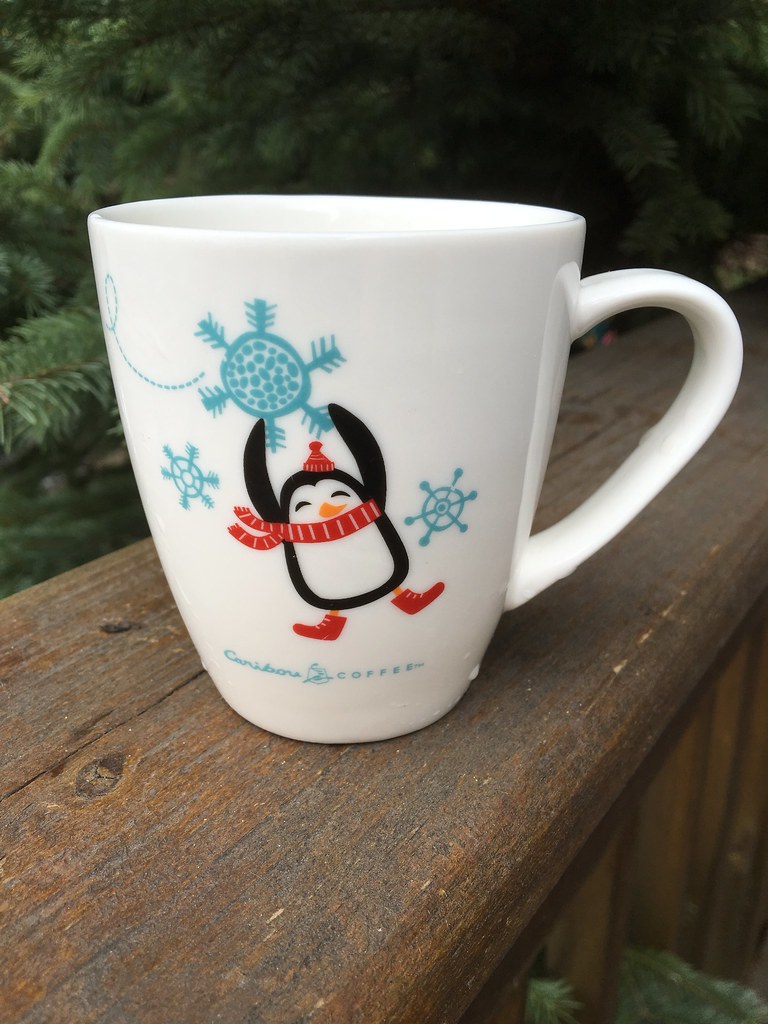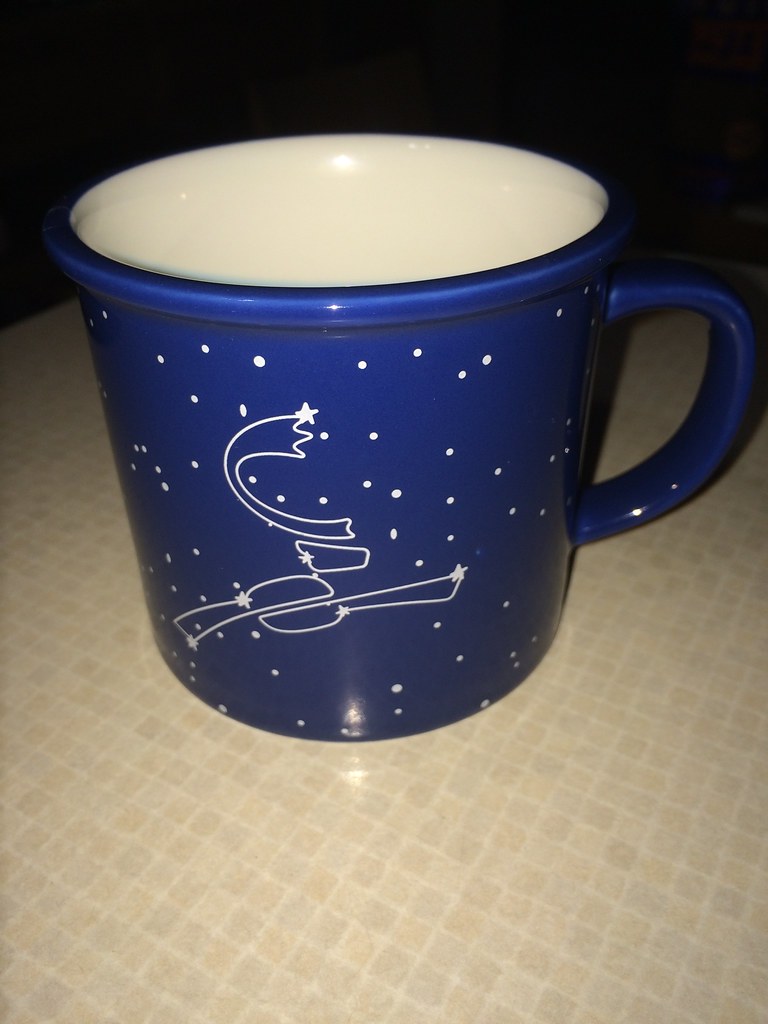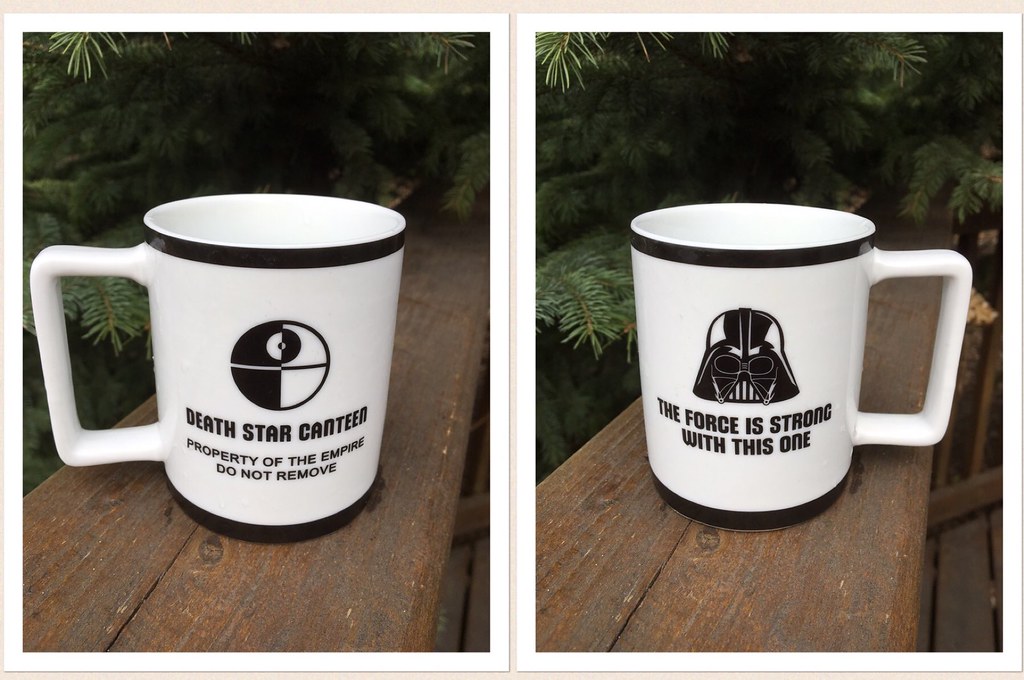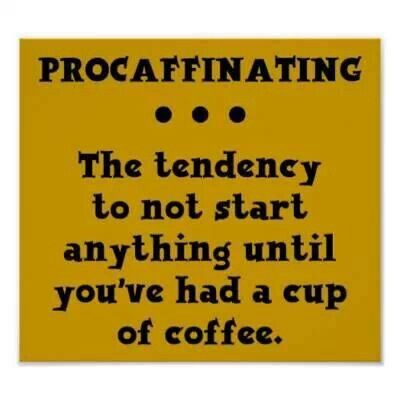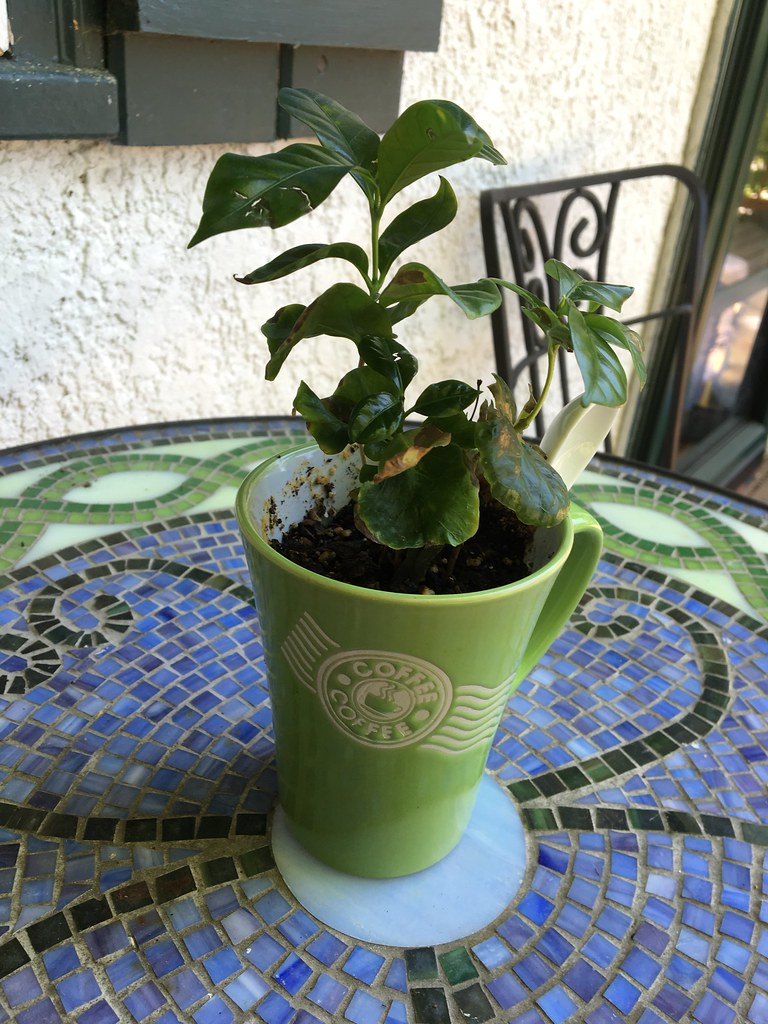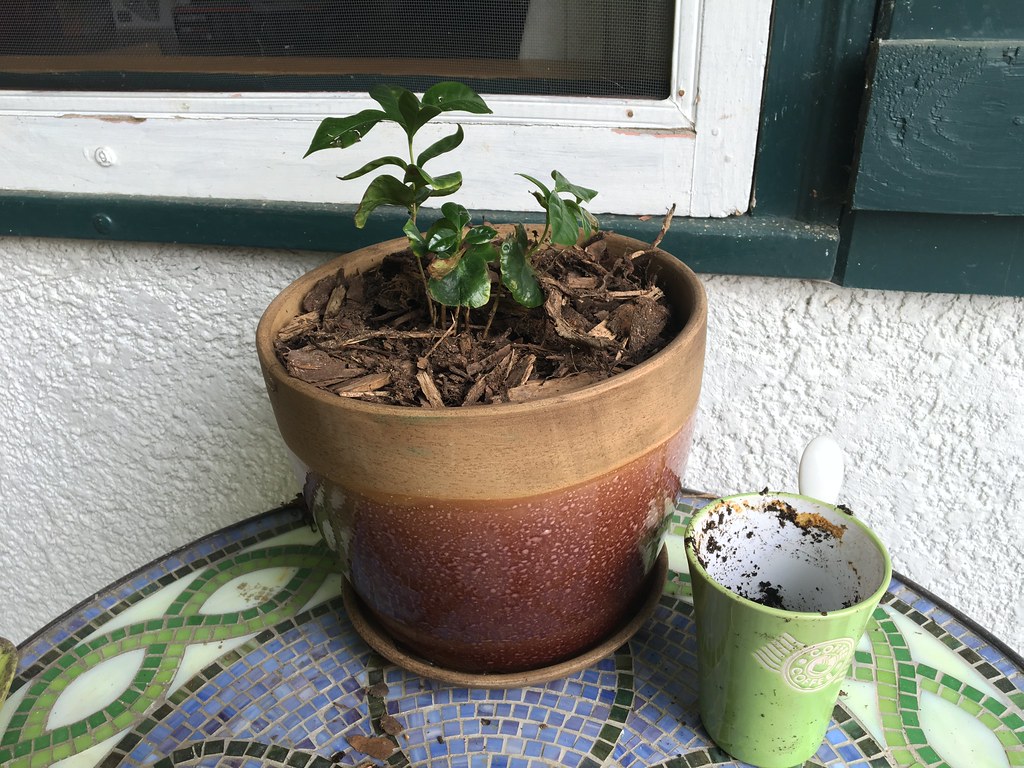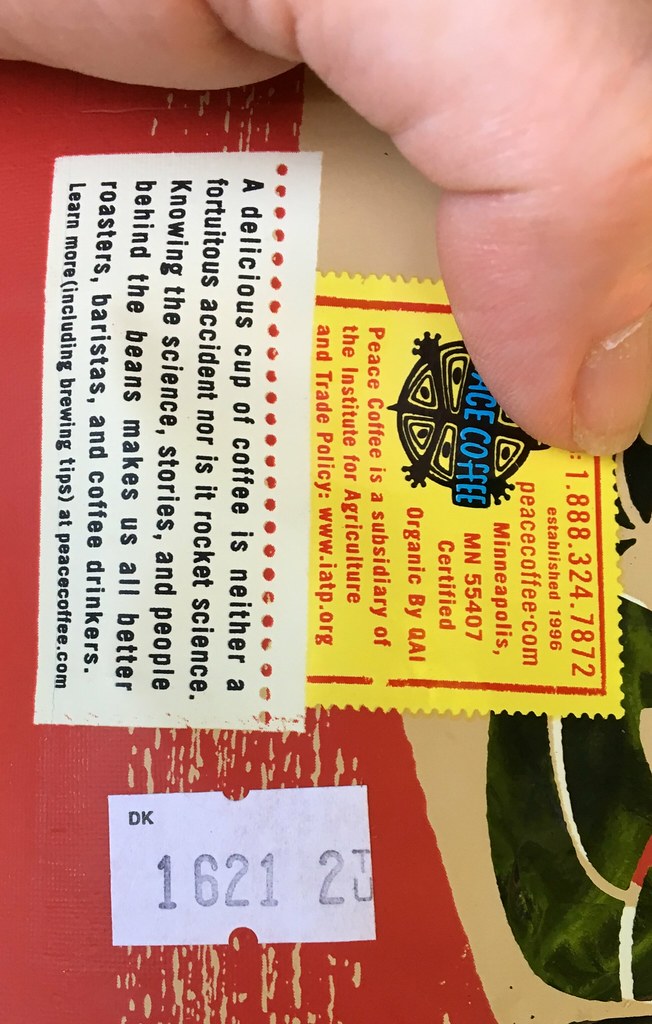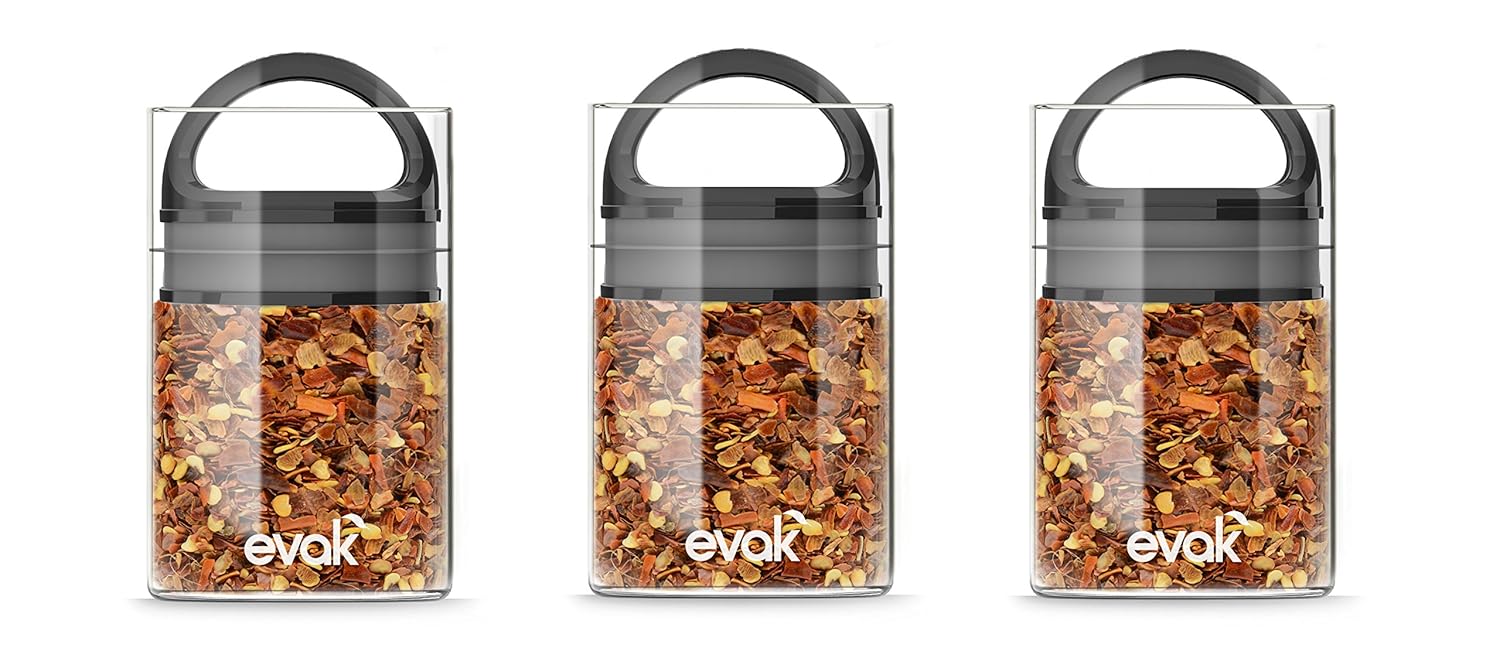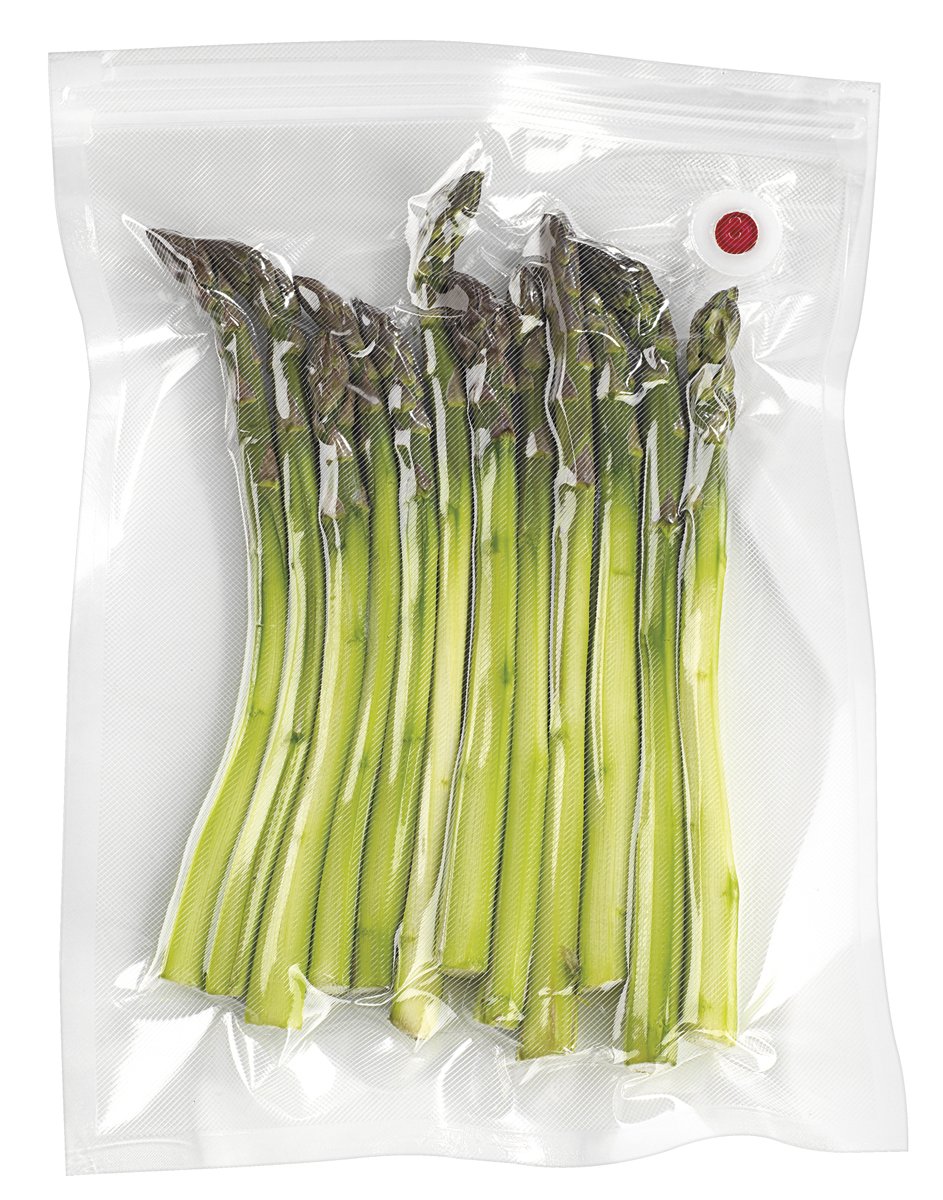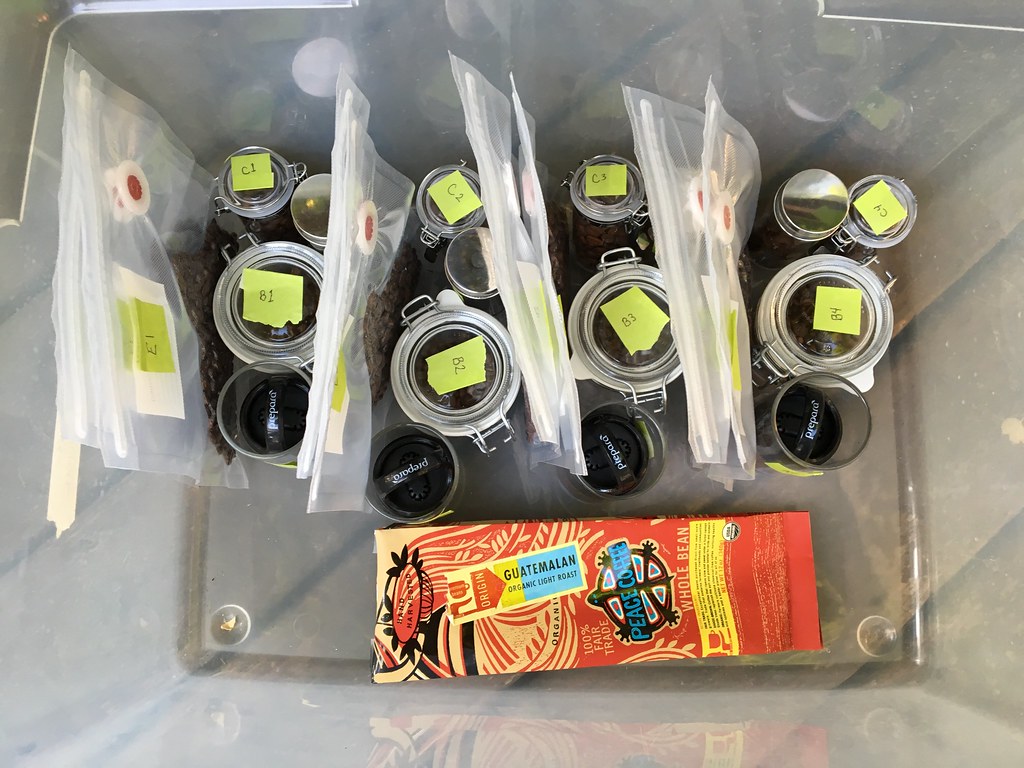 |
| MU Alumni Center |
This is my coffee story. All coffee hobbyists have one.
I don't remember a time that I didn't like coffee. As a child, my father made instant coffee (Taster's Choice) every morning, and drank it black. He let me taste it when I was a smallish child, and I liked it right away. Dad told me his mother gave him coffee milk to drink.
I actually remember that first taste, so I'm thinking I was probably around 5 years old.
I didn't drink coffee regularly when I was growing up, and it wasn't until I went to college, and had to drag my sleepy butt to class that I started drinking it regularly. Cafeteria coffee. I drank it happily.
A dear friend and her boyfriend gave me my first coffee maker, a little Krups 4-cup machine, and there was this little kitchen store within walking distance of Knox College that sold - gasp - Jamaican Blue Mountain coffee. Yes, I started splurging on good coffee before I even turned 22. I didn't own a grinder, so I'd have them grind it in the store for me, and I loved flavored coffees - my favorites were chocolate, Irish cream, and vanilla flavored beans. I drank my coffee black.
I did have one bad experience with coffee. In my sophomore year, I'd stayed up until 3 AM studying for my Spanish final, then was up at 7 AM for the final at 8:00. I was so tired, I drank 3 cups of coffee with breakfast, and promptly wound up with terrible caffeine jitters during my final. From then on, I went to bed by midnight before finals, finding that a good night sleep and the ability to think clearly worked better anyway.
Then, I graduated, and not knowing what else to do with myself, I decided to go to grad school at the University of Missouri-Columbia, and Mizzou is where I met my coffee-hater.
I wasn't brewing my own coffee much by then. This was in the early 1990s, and Starbucks was spreading like mad, and coffee was available all over the place at the University of Missouri. So, I just bought coffee at places like Burger King, McDonald's, gas stations, convenience stores, and Brady Commons.
But, I was noticing an unfortunate trend. Coffee was getting more and more bitter. I now know that roasts were getting darker and darker as Starbucks gained in popularity. So, I was rejecting more and more coffee from more and more places as they started emulating Starbucks. And I stopped drinking it black as a response. Cream and sugar made those bitter coffees drinkable.
Then, the turning point came. I tasted my first fabulous cup of coffee, and I've been searching for that perfect cup, ever since. I was covering an event at the Mizzou Alumni Center in my capacity as the newsletter editor/Program coordinator for the Molecular Biology Department. I tasted their coffee, and it was so fantastic, that I risked caffeine jitters, and drank two more cups.
And remember when
Stella Liebeck sued McDonalds for coffee burns? Like everyone else, I mocked her, and our lawsuit-happy culture (it wasn't until many years later that I learned all the details of her case, and changed my mind - she was RIGHT to sue them). But then one day, I stopped and got a McDonald's coffee on my way to a summer school class. I didn't drink it right away - I was in a hurry, so I waited until I was in class, probably 10 minutes later, before taking a hefty sip.
It burned my tongue so horribly that I leaned forward and let it pour out of my mouth onto the desk, rather than allow it to burn my throat all the way down. I shocked my classmates, who initially thought I was vomiting. Several jumped up and gave me napkins, and when I explained, someone handed me a water bottle to cool my tongue. Fortunately, this was before class started, though the professor was there - he just watched the situation with raised eyebrows.
I mopped up, but it was such a bad burn, that I couldn't taste anything for
three days. I wasn't exactly sympathetic to Stella's lawsuit at that point, but as a result, I started having second thoughts as to the frivolity of it. That remains the hottest coffee I've EVER had.
Burger King continued to serve my favorite easily-available coffee. Their BK Joe was wildly better than Starbucks, and I drank it regularly.
In 2010 everything changed. BK switched to Seattle's Best coffee (owned by Starbucks). It went from being decent coffee, to a harsh, dark, bitter brew, that I found undrinkable. McDonald's coffee, which had cooled off since the lawsuit, was no better.
So, I decided to start brewing my own coffee again, and it was an attempt to get another cup of coffee like what I'd had at the Alumni Center.
I started out with a Melitta coffee dripper. But I didn't think the coffee was that good, plus I was starting to have second thoughts about brewing in plastic. So I bought a ceramic Melitta instead. But the coffee it produced wasn't better. I decided it was the shape, and the flow rate, so I bought a Hario V60, which has a much bigger opening at the bottom, and takes a true cone-shaped filter (rather than a flattened cone). Then that became my work brewer, and I used a Chemex at home. I've gotten rid of the Melittas.
Funny story about the Chemex - it was a Christmas present from my inlaws, but when my parents saw it, their eyes lit up - evidently my grandmother (the one who fed my father coffee milk when he was a child) had been using a Chemex pot for years when my parents first started dating.
Next I started experimenting with grinders. I noticed that when I got the beans ground at the grocery store, or at Caribou, that the coffee tasted OK for about 3 days, then it went bitter on me. I discovered that a truly good cup of coffee required that the coffee be ground right before brewing - that by grinding in advance, you expose far more of the coffee oils to oxygen, allowing them to go stale far more quickly than whole beans do. I'm on my 5th grinder now.
Then I moved on to coffee storage. And the list goes on. :-)
 |
I married my coffee-hater in this building, in the room blocked by the tree, actually.
Memorial Union at MU. |





